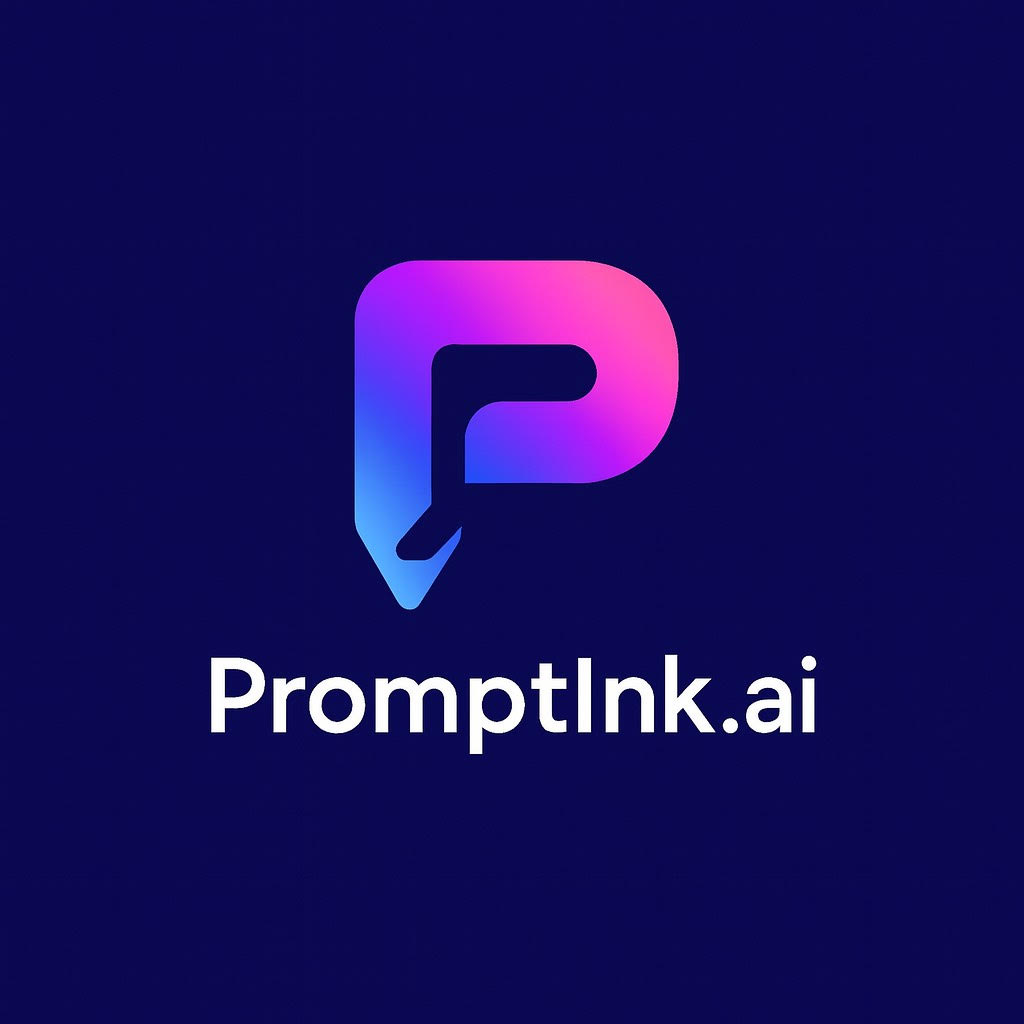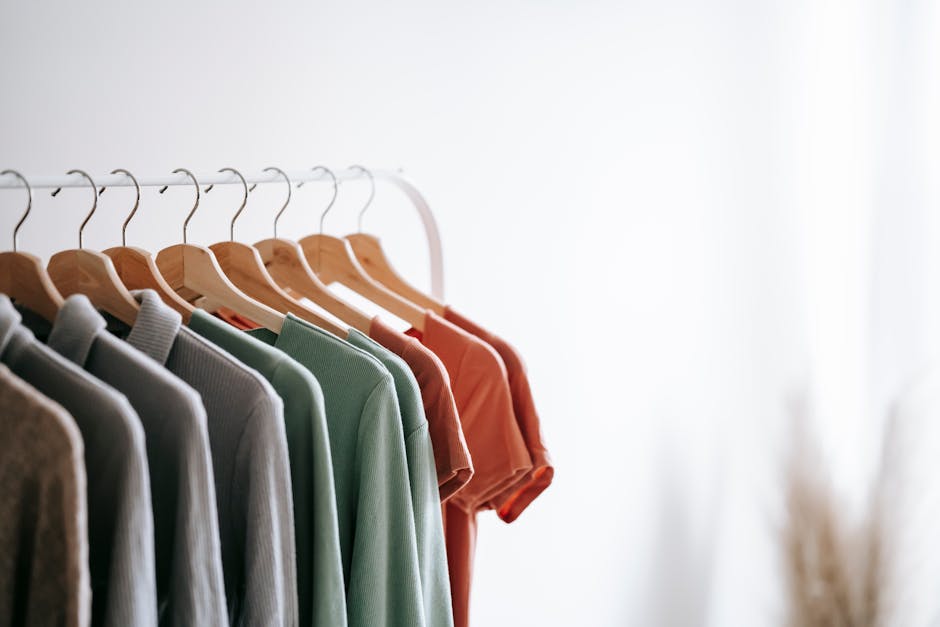So, you’re thinking about starting a print-on-demand (POD) store on Shopify — or maybe you’ve already signed up and are staring at a blank theme wondering what to do next. First off, welcome. This world is full of creativity, experimentation, and yes, a few growing pains. But don’t worry — this post is here to help you avoid the biggest beginner mistakes and launch with a little more confidence.
Let’s break it all down into bite-sized advice you can actually use.

This post contains affiliate links to Shopify. We may receive a commission if you click and purchase, at no additional cost to you.
1. Start Small (Seriously)
When you’re new, it’s easy to think you need a massive catalog of products. T-shirts, hoodies, mugs, phone cases, all in every color under the sun. Don’t do it. More options just means more decision fatigue for your customers (and more work for you).
Instead, pick one niche (like dog lovers, gamers, spiritual quotes, whatever you vibe with) and launch with just a few key products. Think one solid t-shirt, maybe a hoodie, and a tote or mug. That’s it.
Focus on making those 3 products really good — great design, great description, great mockups. You can always add more later.
2. Your Mockups Matter More Than You Think
POD platforms usually give you mockup generators, but those default images? Kinda boring. If your product images look like everyone else’s, you’ll get scrolled right past.
Try using tools like Placeit, Canva, or even AI mockup creators to make your products look real — like they’re actually being used in the wild. Show your shirt on someone who looks like your ideal customer. Make the photo feel authentic, not stock-photo stiff.
If your niche is about fitness, use gym settings. If it’s about artists, show someone painting. Set the vibe. The goal is to help someone picture themselves in your product.
3. Clean Up That Storefront
Before you send anyone to your site, make sure it’s easy to use and makes a great first impression. That means:
- Your site loads fast (especially on mobile)
- It’s easy to find your products
- There’s a clear message about what your store is and who it’s for
- Your checkout process is simple and glitch-free
Also, don’t forget your basics: an About page, Shipping & Returns info, and a Contact page. Even if you’re just getting started, having these in place makes your store feel more legit.
4. Don’t Just Make Designs — Make Statements
This is a big one. You’re not just uploading random graphics to t-shirts and hoping they sell. You’re creating wearable expressions. So before you create your next design, ask yourself:
- Who is this for?
- What’s it saying?
- Why would someone want to wear it?
Research what’s trending in your niche. Browse Etsy, Pinterest, TikTok. Read customer reviews. And when you do create, try using tools like PromptInk.ai (hey, that’s us!) to speed up the process — especially if you’re not a pro designer.
Make designs that connect emotionally — funny, bold, inspiring, clever. The goal is to make someone say “that’s SO me” and hit that buy button.
5. Think Like a Brand (Not Just a Seller)
Even if this is a side hustle or an experiment, try to build a real brand. That means:
- Come up with a name people can remember
- Use consistent fonts and colors
- Talk in a way that fits your audience
- Have a little personality — don’t be afraid to be weird, funny, or niche
Branding doesn’t mean you need a huge logo or fancy packaging. It just means showing up consistently so people remember you.
6. Keep Testing and Tweaking
No one nails it on the first try. That first shirt might not sell. That Instagram post might flop. That email might get zero clicks. Totally normal.
What matters is what you do with that info. Use Shopify’s built-in analytics. See what people click on. Ask your early customers what they liked and didn’t. Post on social and see what gets attention.
The best POD stores are always testing — new designs, new mockups, new descriptions, new audiences. Don’t take failure personally. It’s just part of the process.
7. POD Isn’t Set It and Forget It — But It’s Pretty Close
One of the best things about POD is that you don’t have to deal with inventory, packing boxes, or late-night trips to the post office. But it’s not totally hands-off.
You’ll still need to:
- Check on your orders and fulfillment
- Respond to customer questions
- Keep your designs and store updated
- Market your products (sorry, there’s no skipping that part)
But the cool part? Once you get into a groove, a lot of this can be automated or outsourced. And as you learn what works, it gets way easier to scale.
Final Thoughts: You Don’t Have to Be an Expert
The best way to learn is to start. Don’t wait until you’ve watched every YouTube tutorial or taken five courses. Just launch something small, promote it to your circle, and see what happens.
You’ll learn way more in your first 30 days of doing than in 3 months of overthinking.
Want to grab a FREE Shopify Trial Store and Get 3 Months for $1?

This post contains affiliate links to Shopify. We may receive a commission if you click and purchase, at no additional cost to you.
And if you want a design tool that makes things easier right inside Shopify — especially if your customers want to create their own shirts — check out PromptInk.ai. It helps people create high-quality merch designs in seconds, not hours. No design degree required.
Keep it simple. Keep it fun. And keep going. You’re doing great.

